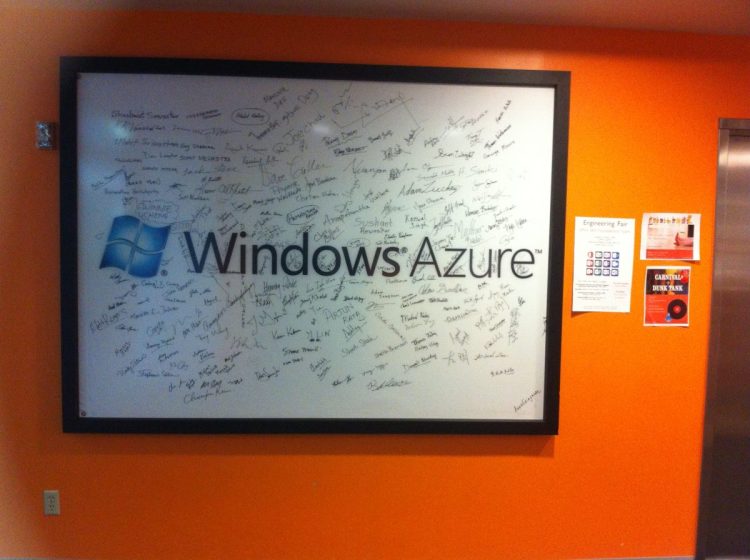Microsoft today is releasing new information about the Azure DocumentDB database for storing and serving up information for applications in the trendy JSON document format. The cloud service will come out of preview mode become generally available on April 8.
NoSQL databases, including the open-source MongoDB document database, have become common in applications in recent years. Microsoft released its own fully managed spin on NoSQL, DocumentDB, in preview last summer.
DocumentDB has an interesting pricing model. It’s based on performance in terms of database throughput. “At general availability, DocumentDB will be available in three standard performance levels: S1, S2, and S3,” Vibhor Kapoor, director of product marketing for Azure, wrote in a blog post today. “Collections of data within a DocumentDB database can be assigned to different performance levels, allowing customers to purchase only the performance they need.”
Pricing for the service has been 50 percent off ahead of it becoming generally available.
Emphasizing performance is an intelligent move for Microsoft, which needs to make Azure look like more than just a Microsoft version of Amazon Web Services, which leads the public cloud market. Microsoft has already committed to matching prices of the Amazon cloud.
DocumentDB is backed up by fast-acting solid state drives. Microsoft allows programmers using DocumentDB to select the consistency that’s best for their application needs from four levels: strong, bounded staleness, session, or eventual.
Also today, Microsoft is making its Azure Search cloud service generally available.
And there’s now a preview of the Azure Media Services Premium Encoder. Here’s Kapoor’s explanation of it:
Premium Encoder offers superior quality and flexibility suited for broadcast industry/professional media transcodes. This includes automated decision-making logic that can adapt to a variety of input file formats, support for additional input and output codecs and file formats such as 4K Ultra HD in AVC and closed captions, and a powerful workflow design tool.
What’s more, Microsoft is introducing two new types of virtual machines (VMs), which are virtual slices of physical servers running in Microsoft data centers. Now there are A10 VMs, which boast 56 GB of memory and eight virtual cores, and A11 VMs, which carry 112 GB of RAM and 16 virtual cores.


